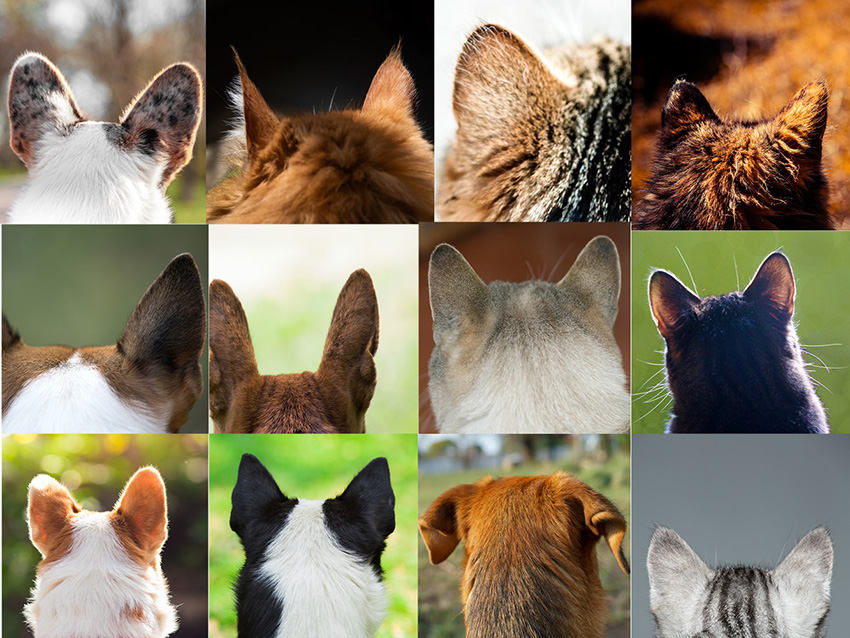New cat
How to set up your home to help your new cat settle in quickly
Cats, Adopters, Cat behaviour, Kitten

Cats and dogs have incredible hearing, way better than us humans! So it is important to make sure their ears are keeping healthy.
Check your pet’s ears regularly for any infections, cuts or burrs and grass seeds - look inside for redness, discharge or gloop.
And have a sniff! Yes really! An odd smell is often a first sign of something wrong.
Physically you may notice your pet shaking their head or rubbing the side of their face against the sofa or floor. With dogs, sometimes you can see (depending on the dog breed) if the ear is being held at a different angle than the other ear. Cats, however, hide ear issues well.
Any issues then get your pet checked by a vet as it could be a number of things. Don’t be tempted to treat it yourself as you can upset the natural oils and flora and make things worse.
You can also make sure you are up to date with your preventative care, using a flea treatment that includes ear mites – these you get from your vets.
Most common in cats, they are less than a pin-head in size so are barely visible but they are very itchy so you'll probbaly first notice scabs at the base and back of your cat's ears where they have been over-scratching. They spread quickly between pets so if you have a multi-pet household then all will need some treatment.
Have you been given medication from your vet? LINK » Watch our video about how to give ear drops
Need tips so you can take a look in those ears? LINK » Read our article Teaching your pet to accept being checked over
» DOWNLOAD this as a printable page
